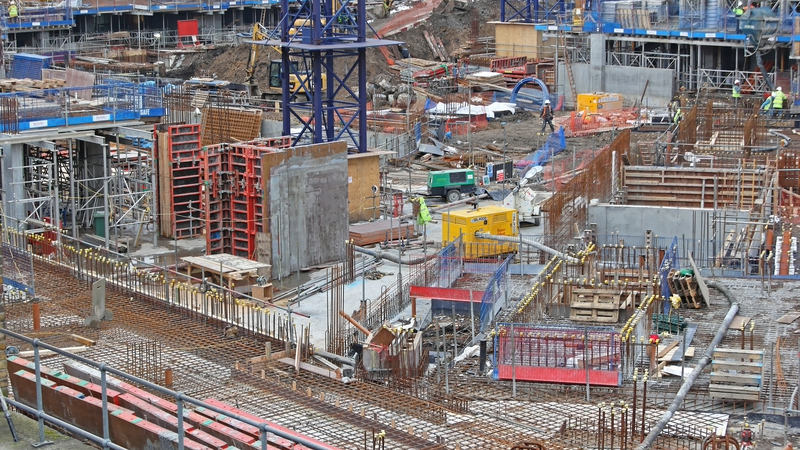
Tender prices are anticipated to rise faster than costs in 2025 as cost inflation moderates and market activity is expected to increase, according to the Building Cost Information Service.
BCIS’s latest forecast shows that building costs will increase by 15% over the next five years, while tender prices will rise by 20% over the same period.
The BCIS All-in Tender Price Index, which measures contractors’ pricing levels in accepted tenders and the cost to clients at the commit-to-build stage, saw annual growth of 2.1% in the third quarter of this year.
Materials cost inflation has been moderating since peaking in 2022 and annual growth in the BCIS Materials Cost Index has been negative in recent quarters. BCIS expects the index to grow by 15% over the forecast period.
Dr David Crosthwaite, chief economist at BCIS, said: “The BCIS TPI panel has reported that contractors remain risk-averse and selective about the projects they bid on, but there has been more positivity around the project pipeline: 69% of panellists reported their anticipated pipeline of projects going to tender within the next 12 months increased slightly in the third quarter.”
Impact of skills shortages
Labour remains the main driver of input costs, although annual growth in the BCIS Labour Cost Index is forecast to slow, increasing overall by 16% over the next five years.
Crosthwaite added: “The upside risk to labour costs is that wages are driven up by widely reported skills shortages, which could impact on the viability and affordability of projects. The workforce is 88% of what it was before the pandemic, when there were already longstanding concerns about fulfilling skill requirements.
“Insolvencies in the supply chain represent an ongoing source of concern for the sector, in terms of both capacity and impact on cashflow. The effects of ISG going into administration will no doubt be felt throughout the supply chain. The consequences when a main contractor becomes insolvent are that subcontractors and suppliers are left unpaid, which will likely result in further business failures.”











